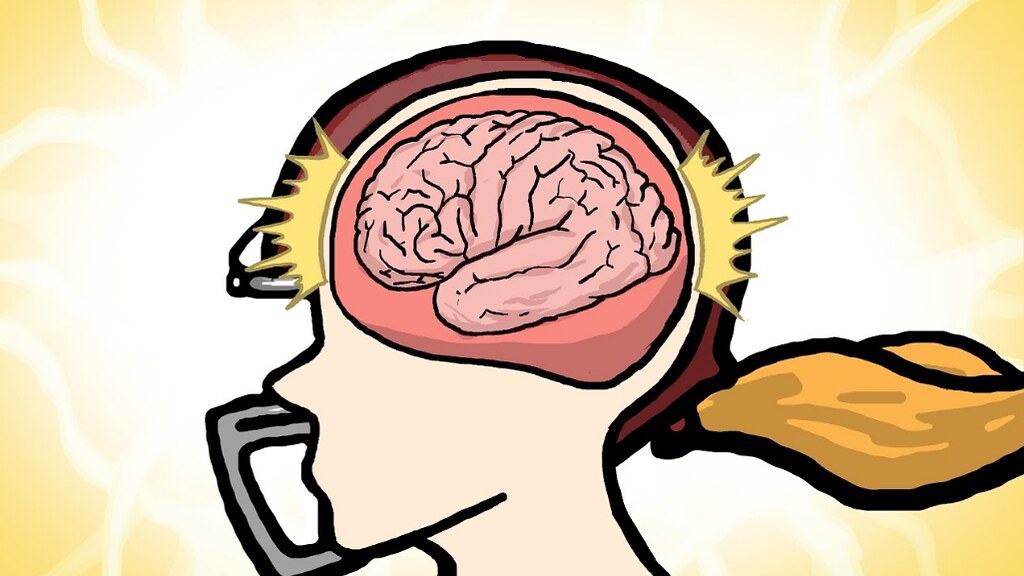Source: YouTube
Over the last few years, the news has been preoccupied by a number of important stories. One of which is the phenomenon known at CTE - ccc - also known as 'Brain Slosh'. Researchers have uncovered that the brain actually moves in a regular pattern which is aligned with the heart beat.
In a recent blog post by the Director of the National Institutes of Health, Dr. Francis Collins highlights the research (imaging) behind the video shown below:
Wow. Up until now, the discussion surrounding the movement of the brain has been centered around the controversial condition in NFL football players (and other football player of all ages too) known as "Chronic Traumatic Encephalopathy" -- due to repeated 'hits' to the head during the game. In the near future, I will write more about this subject and the research which is funded by the National Football League. With this taken center stage, developments in imaging have been emerging as a result. This is an example of such a benefit of conducting research into other questions surrounding the brain. After watching the video above, the natural question is the following:
How is the imaging done for the video above?
The research behind this imaging is described as follows in the blog post:
In the video, a traditional series of brain scans captured using standard MRI (left) make the brain appear mostly motionless. But a second series of scans captured using the new technique (right) shows the brain pulsating with each and every heartbeat.As described in the journal Magnetic Resonance in Medicine, the team started by measuring the pulse of a healthy person. They synchronized the pulse with MRI images of the person’s brain, stitching the scans together to create a sequential video. Their new MRI approach then relies on a special algorithm developed by another group to magnify the subtle changes.The new report demonstrates application of the technique to MRI scans of a healthy person and someone with structural abnormalities of the skull and the brain’s cerebellum known as Chiari malformations. Remarkably, those amplified MRI images revealed obvious differences in brain motion. The researchers also showed in another investigation which parts of the brain move the most.The researchers hope this new approach will help physicians capture potentially important changes in the brains of people with conditions such as hydrocephalus (“water on the brain”), which influence brain pressure and motion. One thing is already clear: we’ve never seen the brain quite like this before.
Amazing. The work described above will undoubtedly improve the entire field of medical imaging as a whole. Each unique question asked by researchers holds the potential to add to the field of imaging in a number of unexpected ways. Which is why scientist have difficulty with under funded science as a whole. Not to say that certain projects could not be tailored down to save money.
Any time a research pursuit is followed, a flow of information will result. Whether that information is useful or not is unknown in some cases. Research into imaging techniques will have a direct and observable effect on patient care. Unlike other types of research, shedding more light on the happenings in the region of the skull (i.e. the brain) is greatly needed and under funded. Which means that the opportunity for improvement along with the potential to unveil vast amounts of information is huge and worthy of pursuing. The future is exciting to say the least.
More Blogs Can Be Found Here:
Science Topics, Thoughts, and Parameters Regarding Science, Politics, And The Environment!
Dimensional Analysis Of Statistics And Large Numbers - Index Of Blog Posts

No comments:
Post a Comment